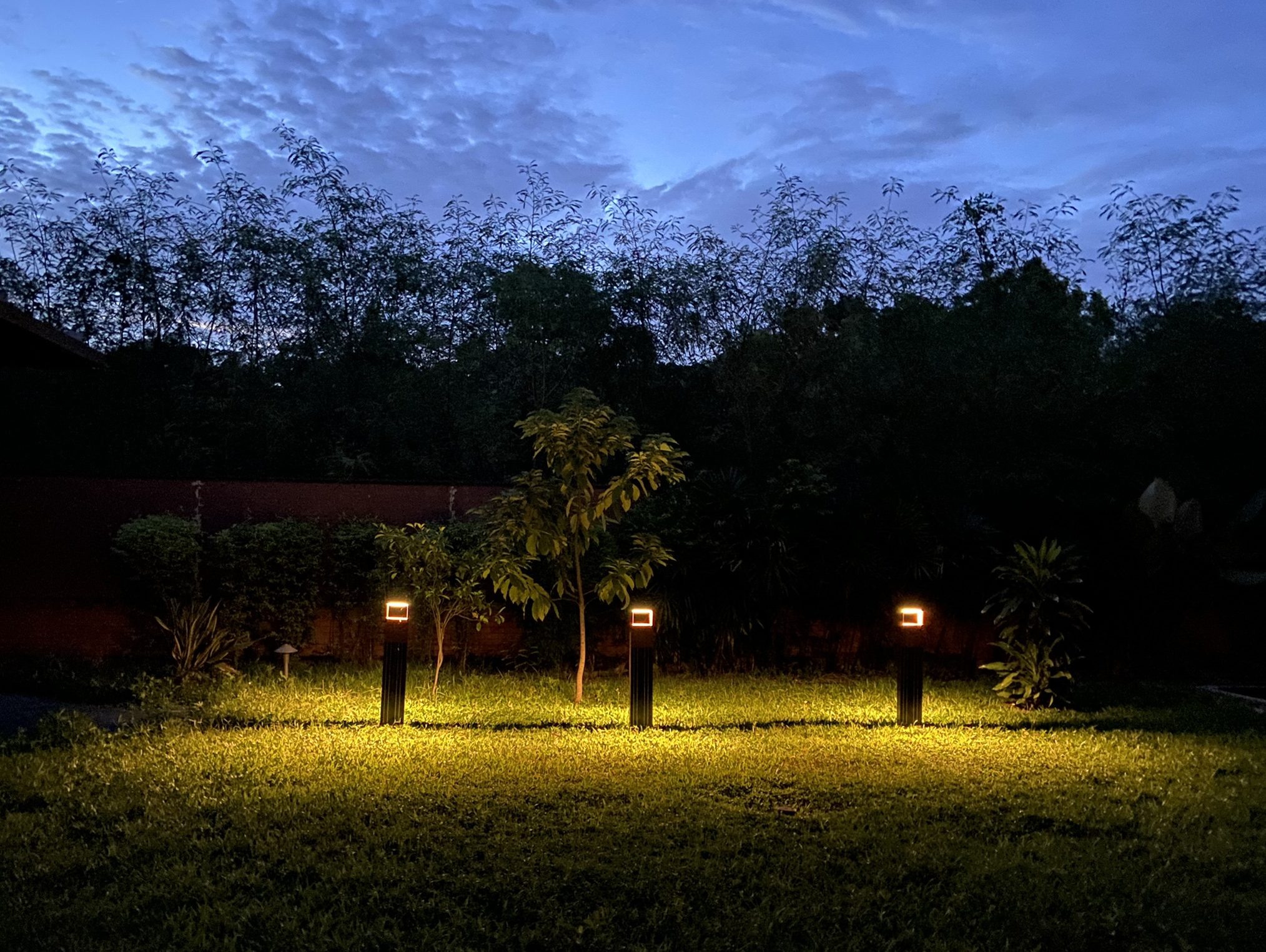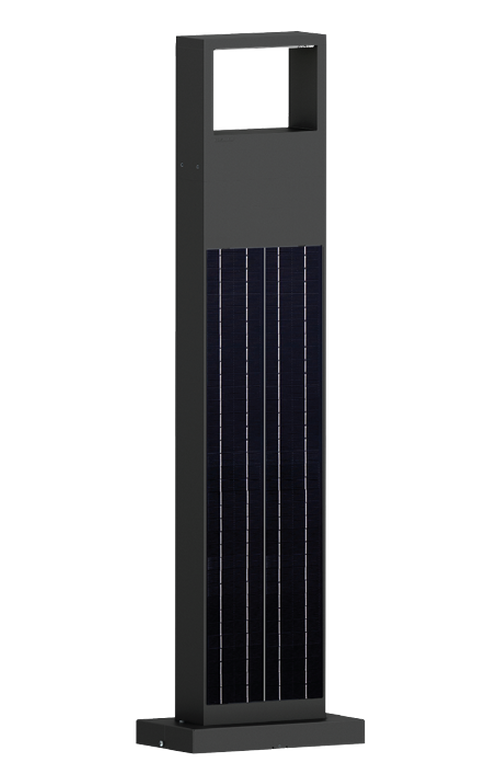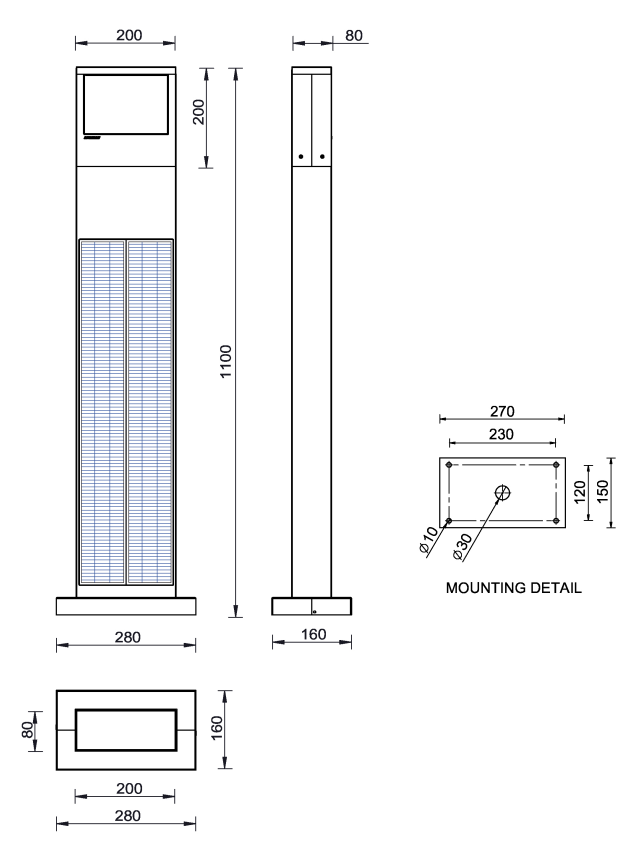Driven by climate change, average temperatures have risen more than 1°C since 1960. Associated changes in rainfall patterns and climate extremes exacerbate existing issues such as drought and bushfires. 2019 was Australia’s warmest recorded year, and the 2019–2020 bushfire season was the country’s worst on record. Australia’s greenhouse gas emissions
per capita are among the highest in the world.



As more people wake up to the fact that man made climate change can only be reduced and possibly eliminated through the adoption of renewable sources of energy, now more than ever is the time to embrace sustainable energy sources. One way that the lighting design community is leading this change is through solar lighting design.
What is solar lighting design?



Solar lighting design is the planning of lighting systems around the use of self generated solar power as the primary source of electricity. In doing this
the lighting is no longer reliant on the existing utility grid, freeing it from the associated infrastructure and ongoing costs.
Solar lighting design is primarily concerned with installations that incorporate solar power generation, however both should ultimately be considered
when planning a sustainable and environmentally friendly build.
What steps are involved in a solar lighting design project?

Solar lighting design follows the same path as traditional lighting design in that the most suitable luminaire and ideal quantity are determined to meet the requirements of a project. However in addition to this, provision must be made for how the luminaires will generate sufficient electricity for them to operate at night.
There is no one size fits all answer to how many and what size of solar panels and batteries are required due to the variable nature of solar power generation. Each site will need to be individually surveyed to determined its annual solar exposure, as well as whether there are any local variables that may also impact the amount of sun light received. This could include natural (e.g. mountains and trees) or man-made (neighbouring buildings) objects that could interferer with the solar lighting design and restrict the amount of available sunlight.
Once that has been determined, selection of photovoltaic panels and batteries is made based on the amount of power the installation will require.
FAQs
: Solar lighting design is the planning of lighting systems where the primary source of electricity will be from self generated solar power.
: When working with LIGMAN our team of solar lighting specialists will help determine the best combination of photovoltaic panels and batteries to suit the requirements of the specific location.
